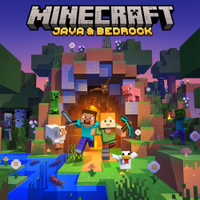The next major Minecraft 1.20 feature is personalized armor trims
The next Minecraft update will let you customize your armor.
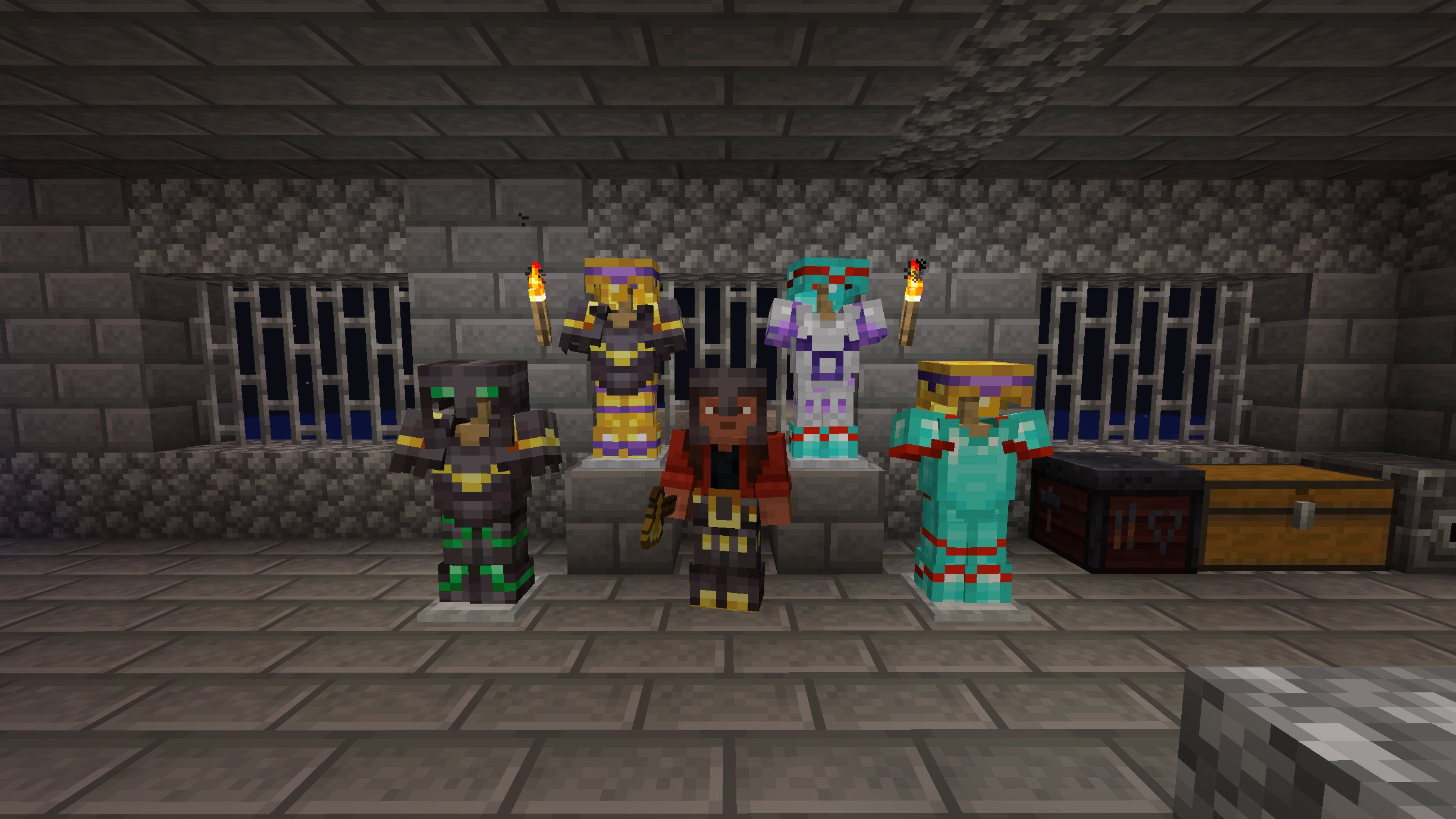
What you need to know
- Minecraft 1.20, the next major Minecraft content update, is focused on player expression and creativity.
- On Tuesday, Mojang Studios announced another new feature coming with the update: armor trims.
- Players will be able to customize their favorite armor with one of 11 unique patterns and 10 different colors.
- The feature is being tested in the new Minecraft: Java Edition Snapshot 23w04a, available now to players.
The next Minecraft content update is well under way, with Mojang Studios hard at work on Minecraft 1.20. The upcoming release will focus on player expression, representation, and creativity, and the latest feature announced by the studio follows the theme perfectly. On Tuesday, Mojang Studios introduced armor trims, a new way for players to personalize their look in-game.
As revealed on Minecraft.net, armor trims are a new personalization feature heading to the world's best-selling survival game with the release of the Minecraft 1.20 update. Armor trims are a way for players to customize their armor pieces, and seem to support practically every armor type in the game. Here's a quick rundown of what you need to know about armor trims:
- Armor trims come in 11 different designs and 10 different colors
- Armor trims are applied to each armor piece individually, letting you mix and match to your heart's content
- You'll need to find smithing templates, a new ingredient required for smithing upgrades in order to apply armor trims
- Unique armor trims can be found in special locations, like a Piglin-inspired armor trim found in Nether Bastions
- You can change the color of armor trims by combining the smithing template with gems and ingots like diamonds, copper, and netherite
Minecraft players don't have to wait long to try armor trims for themselves, as Mojang Studios is testing the feature with the latest Minecraft: Java Edition snapshot. The new, experimental Minecraft 1.20 feature will also come to other platforms via the Minecraft Preview in the near future. Armor trims will likely change and developer over time as the community feedbacks, but the feature in its current state should be relatively stable and polished, as per Mojang Studios' updated strategy for implementing new Minecraft features.
In case you missed it, the last Minecraft: Java Edition snapshot (and the first of 2023) brought some much-needed accessibility features to the game. We also recently got our first look at the Sniffer mob in Minecraft, a friendly mob that should also be arriving with the rest of the Minecraft 1.20 update.
Minecraft is hands-down one of the best PC games you can play, and it's great to see its next major content update continue to evolve with new features. Mojang Studios is still keeping a lot of the update close to its belt, but the armor trim feature should be an exciting addition for players. If you're interested, you can test out the feature in Minecraft: Java Edition starting today.
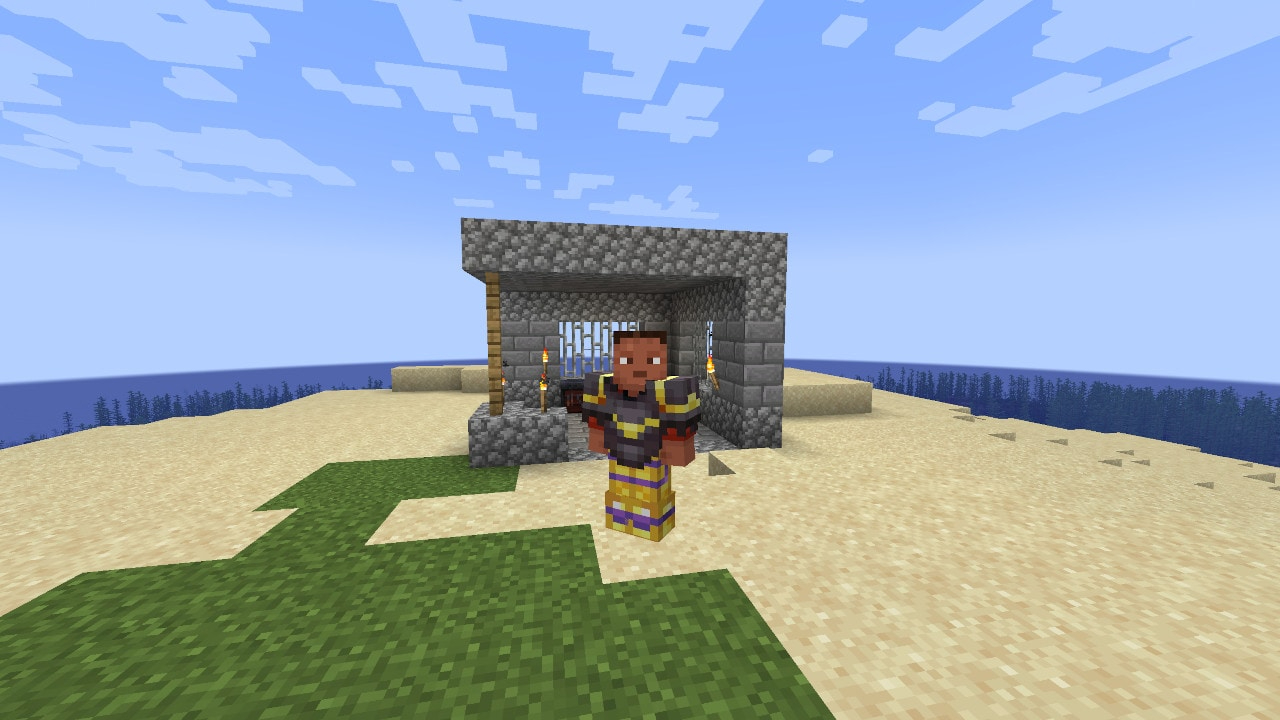
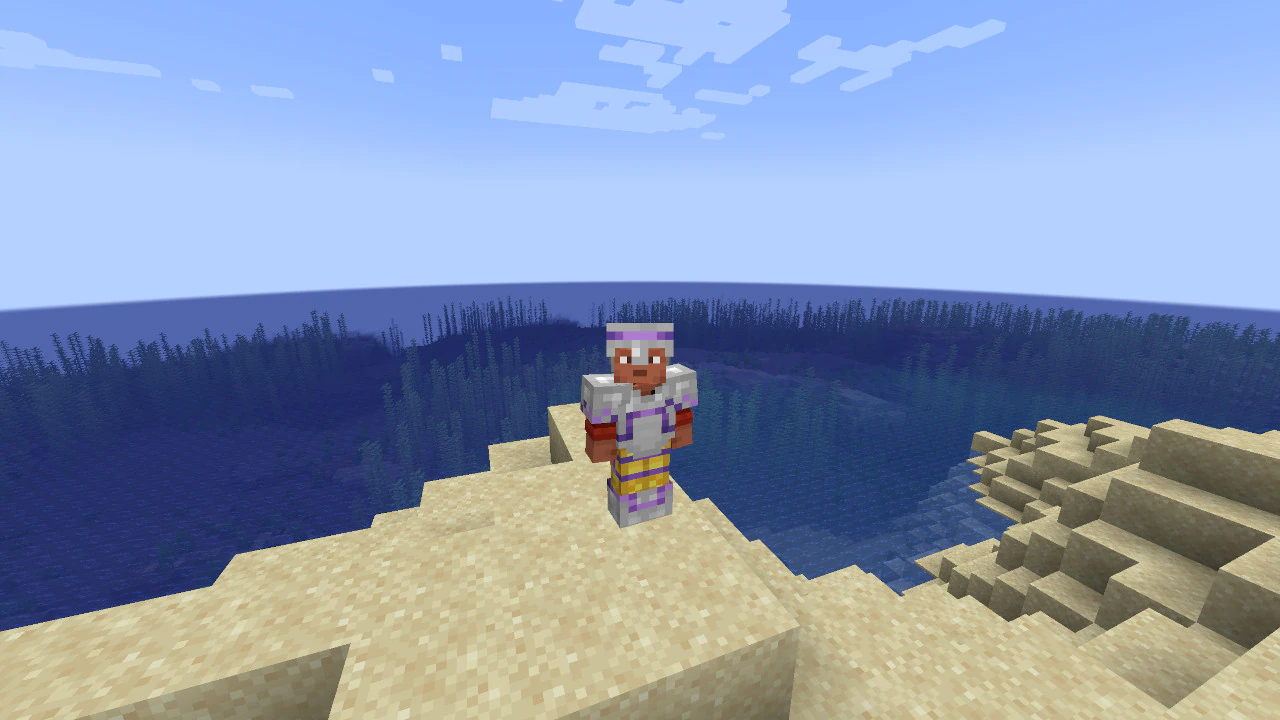
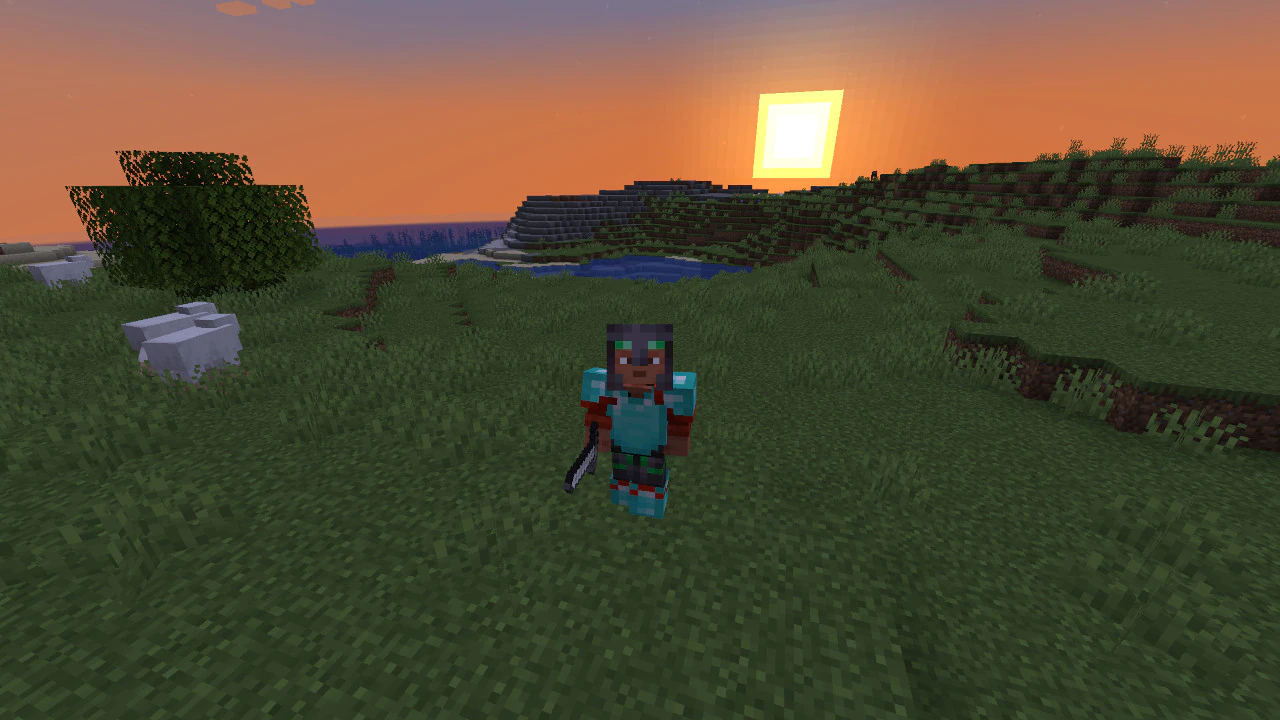
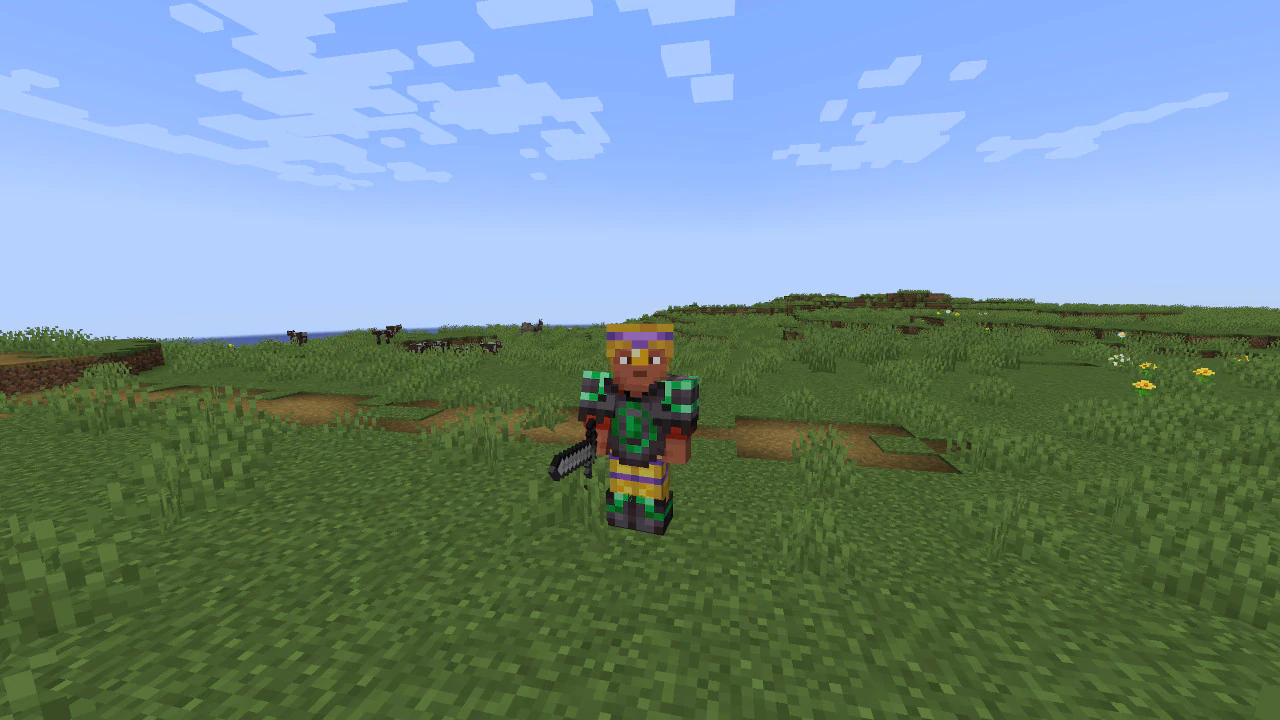
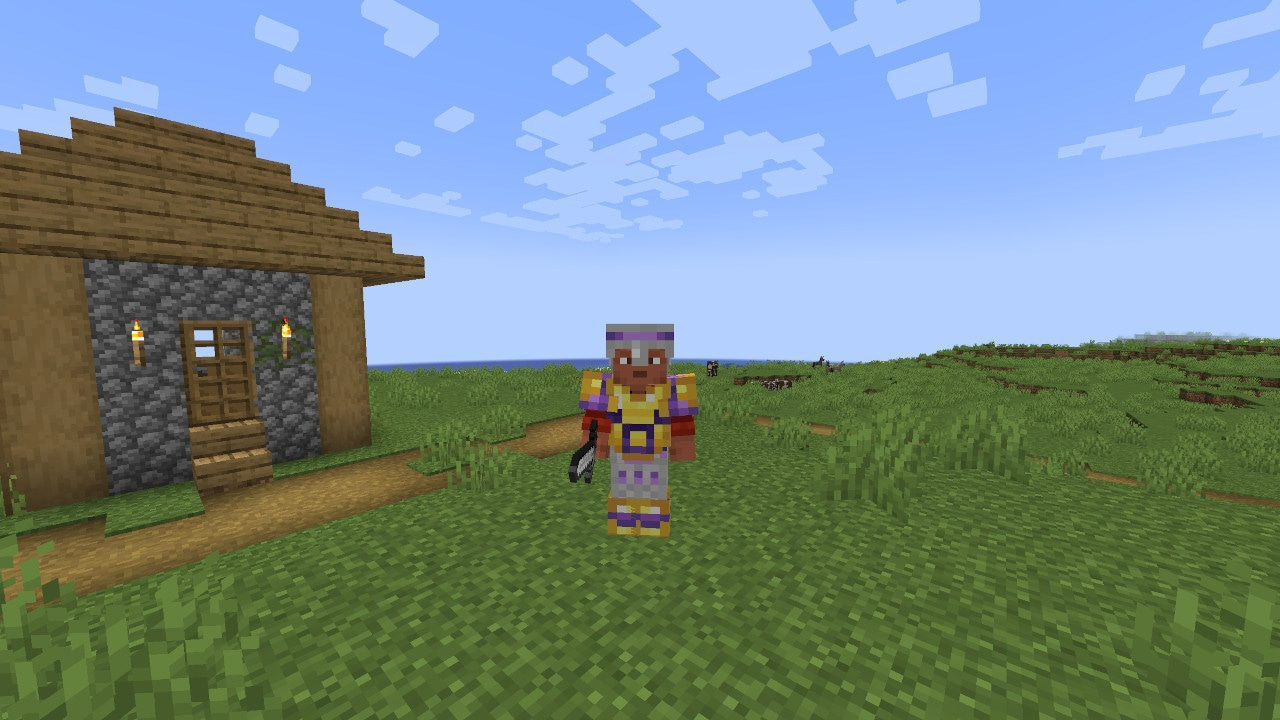
The full changelog for Minecraft: Java Edition Snapshot 23w04a includes:
Minecraft 1.20 experimental features
General
- Added a new armor trimming system to visually customize your armor
- Added Smithing Template items
- Redesigned the Smithing Table
- Changed how Netherite equipment is crafted
Smithing templates
- Smithing Tables have been redesigned into a workstation for physical equipment upgrades and modifications
- Alongside slots for combining a piece of equipment and materials, there is now a required slot for an item type called Smithing Templates
- Smithing Templates define what type of upgrade you will be making to equipment
- It specifies both what type of items you can upgrade, and which ingredients are valid to customize the upgrade
- There are currently two categories of Smithing Templates: Armor Trim and Netherite Upgrade
- Smithing Templates are consumed when used to upgrade an item in the Smithing Table
- You can craft a copy of a Smithing Template in the Crafting Table with 7 diamonds + 1 block of material that the template is made out of + 1 smithing template, which will output 2 of the same Smithing Template
Netherite equipment
- Netherite equipment crafting now also requires a Netherite Upgrade Smithing Template
- Netherite Upgrade Smithing Templates can be found randomly in all Bastion Remnant chests, and there is a guarantee of 2 in every Treasure Room Bastion Remnant
- This change was made for a variety of reasons:
- Increase the time players utilize Diamond equipment before Netherite
- Make Netherite equipment a more significant achievement in the game's progression
- Adapt Netherite more naturally into the new Smithing Table crafting system
Armor trims
- You can now visually customize your armor with a variety of unique trims at the Smithing Table
- All armor is viable for trims except for leather armor
- Armor trims are purely visual with no gameplay benefits, and can only be applied to Helmets, Chestplates, Leggings and Boots
- All trim patterns are visually the same on an armor's item icon, but the color will still change based on the trim material
- To check which trim pattern a piece of armor has, you can hover over it in the inventory
- Armor Trim Smithing Templates can be found all throughout the world, and each of the following structures contain their own unique Smithing Template:
- Pillager Outpost
- Sentry Armor Trim
- Desert Pyramid
- Dune Armor Trim
- Shipwreck
- Coast Armor Trim
- Jungle Temple
- Wild Armor Trim
- Ocean Monument
- Tide Armor Trim
- Ancient City
- Ward Armor Trim
- Woodland Mansion
- Vex Armor Trim
- Nether Fortress
- Rib Armor Trim
- Bastion Remnant
- Snout Armor Trim
- Stronghold
- Eye Armor Trim
- End City
- Spire Armor Trim
- Pillager Outpost
- Smithing Templates are found in chests in their respective structure, except for the Ocean Monument. Instead of finding it in chests, Elder Guardians sometimes drop a Smithing Template upon death
- Some Armor Trim Smithing Templates are rarer than others, so be on the lookout for them to impress your friends!
- An armor trim has two properties: a pattern and a material
- The pattern is defined by the Smithing Template used to apply the trim, and represents the visual pattern of the trim
- The material is defined by what ingredient you used to apply the trim, and represents the color of the trim
- The viable ingredients you can use to define the color of your armor trim are the following:
- Iron
- Copper
- Gold
- Lapis
- Emerald
- Diamond
- Netherite
- Redstone
- Amethyst
- Quartz
- Armor cannot have the same material it is made of applied to it as a trim
- For example, a Golden Chestplate cannot have a Golden Armor Trim
Changes
General
- Enchantment glint on items and armor is now more subtle
Technical changes
General
- Added a new type of atlas configuration source: `paletted_permutations`
- Armor Stands now preserve custom names when placed and broken
- A new registry `trim_pattern` has been added for the armor trim system
- A new recipe serializer `smithing_transform` has been added for the updated Netherite Upgrade recipe
- A new recipe serializer `smithing_trim` has been added for the new Armor Trim recipe
- Smithing table has temporarily two menu types
- Old menu without Smithing Template slot has been renamed to `legacy_smithing`
- Will be removed when Armor Trim feature stops being an experimental feature
- New menu with Smithing Template slot was added called `smithing`
- Old menu without Smithing Template slot has been renamed to `legacy_smithing`
- Added new flag (value 128) to `HideFlags` NBT field for hiding armor trim item tooltips
Commands
- New relation available for `execute on: origin:`
- shooter, if the executing entity is a projectile (like arrow, fireball, trident, firework, thrown potion, etc.)
- thrower, if the executing entity is an item
- source of effect, if the executing entity is an area effect cloud
- igniter, if the executing entity is a primed tnt
- summoner, if the executing entity is evoker fangs or a vex
Paletted permutations
- `paletted_permutations` is a new type of atlas configuration source used to dynamically generate new textures in memory based on a set of color palettes
- Color palettes allow you to swap out the colors of a texture without having to supply all files for the variants of a texture in a resource pack
- This is useful for things like armor trims, where you want to be able to change the color of parts of the armor without having to create a new texture for each color
- The `paletted_permutations` source has a set of required parameters:
- `textures` — A list of namespaced locations of base textures
- These textures will be used to generate variants of them that have been modified by color palettes
- `palette_key` — A namespaced location of a color palette key file
- A color palette key is used to define the set of key pixel colors we want to swap out with the color palettes defined below
- `permutations` — A map of permutations from suffix to a namespaced location of a color palette file
- The suffix is appended at the beginning to the resource location of the output variant textures, with a _ character separating the suffix and the base texture name
- The color palette is a texture file with a set of pixels that are used for replacing pixels that match the color palette key in each base texture
- The number of pixels in each color palette must be the same as that of the `palette_key` defined for this source
- Key matching is done by comparing the RGB values of each pixel in the `palette_key` to the RGB values of each pixel in the color palette
- Alpha channel is ignored for key matching, but in the resulting texture the alpha channel is multiplied with the color palette's alpha channel
- Pixels that do not match the `palette_key` are copied over to the resulting texture as-is
- `textures` — A list of namespaced locations of base textures
- After defining a `paletted_permutations` source, you can then reference those namespaced output textures in other resources in your resource pack
Trim patterns & materials
- Trim patterns and materials for armor are defined by the server through the `trim_pattern` and `trim_material` registry respectively
- As a result, new trim patterns and materials can be added via data packs
- These are synchronized to clients when they join the server
- However, clients must have an accompanying resource pack to see those registered trim patterns and materials
- The paths to these textures are inferred based on the filename of the `pattern` json, and will try to find the textures within the same namespace as the trim pattern's `name` field
- The following data is defined by a trim pattern:
- `asset_id` — which is a namespaced id used to infer texture locations and localization
- `template_item` — which is the id of the smithing template item used to apply the trim pattern
- `description` — which is a text component used for displaying the pattern name of an armor trim when hovering an armor `itemstack`
- The following data is defined by a trim material:
- `asset_name` — which is a string used as a suffix for armor trim texture locations
- `ingredient` — which is the id of the ingredient item used to apply the trim material
- `item_model_index` — which is a float which defines the item model override each armor item model should target to change their visuals for this material
- `incompatible_armor_material` — which is an optional id of the armor material this trim material cannot be applied to
- `description` — which is a text component used for displaying the material name of an armor trim when hovering an armor `itemstack`
- The style defined in this description is applied to the armor trim pattern `description` as well
Fixed bugs
General
- Blast Protection does not reduce explosion knockback except at very high levels
- "Narrator: Not Available" isn't grayed out on accessibility splash
- All goat horns display as Ponder goat horns and play the Ponder instrument
- You cannot select incompatible resource packs within the resource packs menu via keyboard navigation
Minecraft: Java & Bedrock Edition
If you want to play Minecraft on PC, there's no better way to do so than with this bundle, which includes both the mod-able, legacy Java Edition and the modern, cross-platform Bedrock Edition.
Buy from: Xbox
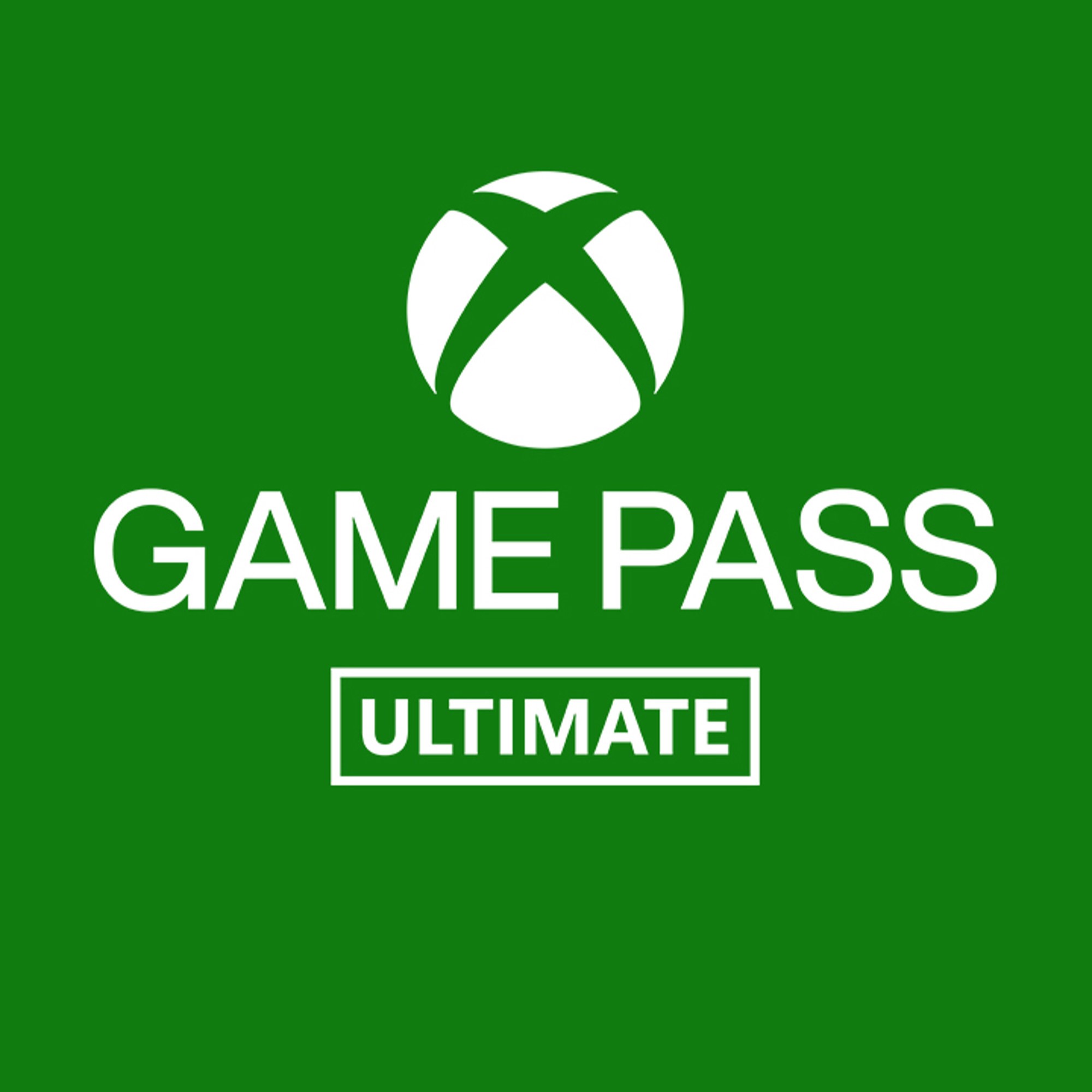
Minecraft: Java Edition is now available through PC Game Pass and Xbox Game Pass Ultimate, making Microsoft's flagship gaming subscription the best way to experience Minecraft, wherever you play.
Get the Windows Central Newsletter
All the latest news, reviews, and guides for Windows and Xbox diehards.

Zachary Boddy (They / Them) is a Staff Writer for Windows Central, primarily focused on covering the latest news in tech and gaming, the best Xbox and PC games, and the most interesting Windows and Xbox hardware. They have been gaming and writing for most of their life starting with the original Xbox, and started out as a freelancer for Windows Central and its sister sites in 2019. Now a full-fledged Staff Writer, Zachary has expanded from only writing about all things Minecraft to covering practically everything on which Windows Central is an expert, especially when it comes to Microsoft. You can find Zachary on Twitter @BoddyZachary.
